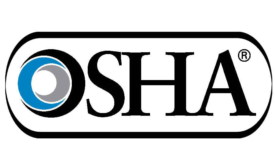Home » Keywords: » suicide prevention
Items Tagged with 'suicide prevention'
ARTICLES
Dave Johnson: What's Going On
What is it about construction? Factors driving the industry’s high suicide rate
June 22, 2023
A personal perspective about suicide in the workplace
How to keep employees connected during the pandemic
September 29, 2020
Following employee suicides, company found guilty of “institutional harassment”
19 workers took their own lives
January 6, 2020
A FairWarning Story
What’s in a name? Ghostly spirits stalk the medical literature
"Spinning science to sell drugs"
November 7, 2019
Become a Leader in Safety Culture
Build your knowledge with ISHN, covering key safety, health and industrial hygiene news, products, and trends.
JOIN TODAYCopyright ©2025. All Rights Reserved BNP Media.
Design, CMS, Hosting & Web Development :: ePublishing









